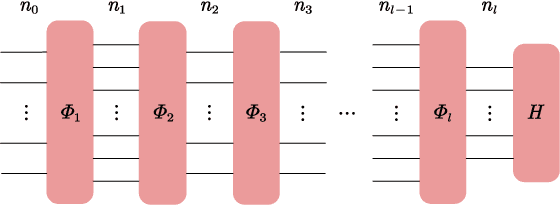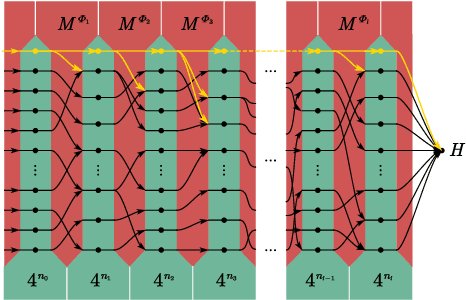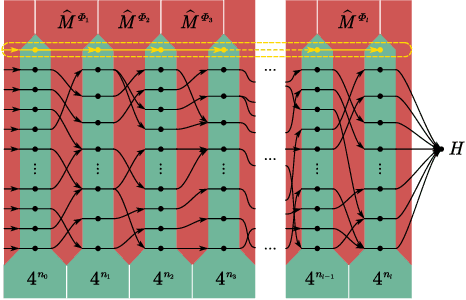On the statistical complexity of quantum circuits
Paper and Code
Jan 15, 2021



In theoretical machine learning, the statistical complexity is a notion that measures the richness of a hypothesis space. In this work, we apply a particular measure of statistical complexity, namely the Rademacher complexity, to the quantum circuit model in quantum computation and study how the statistical complexity depends on various quantum circuit parameters. In particular, we investigate the dependence of the statistical complexity on the resources, depth, width, and the number of input and output registers of a quantum circuit. To study how the statistical complexity scales with resources in the circuit, we introduce a resource measure of magic based on the $(p,q)$ group norm, which quantifies the amount of magic in the quantum channels associated with the circuit. These dependencies are investigated in the following two settings: (i) where the entire quantum circuit is treated as a single quantum channel, and (ii) where each layer of the quantum circuit is treated as a separate quantum channel. The bounds we obtain can be used to constrain the capacity of quantum neural networks in terms of their depths and widths as well as the resources in the network.
 Add to Chrome
Add to Chrome Add to Firefox
Add to Firefox Add to Edge
Add to Edge